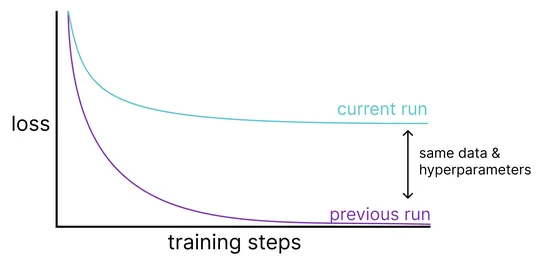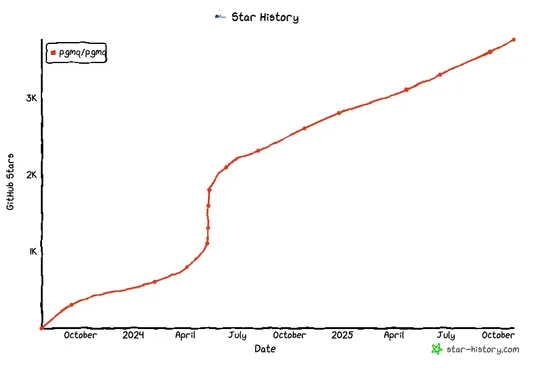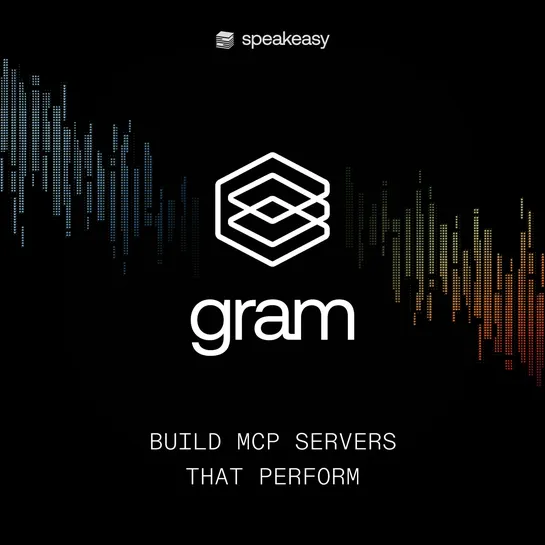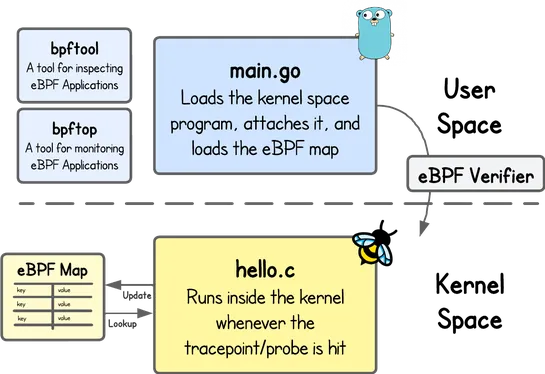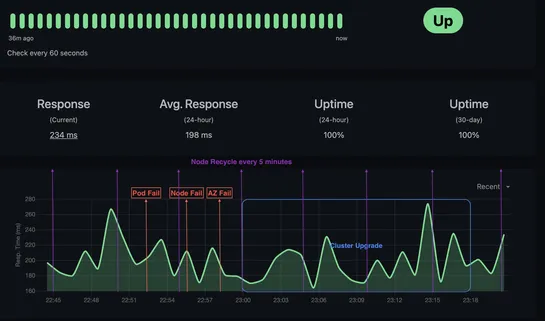Free software scares normal people
A developer rolled outMagicbrake- a no-fuss GUI forHandbrakeaimed at folks who don’t speak command line. One button. Drag, drop, convert. Done. It strips Handbrake down to the bones for anyone who just wants their video in a different format without decoding flags and presets...

